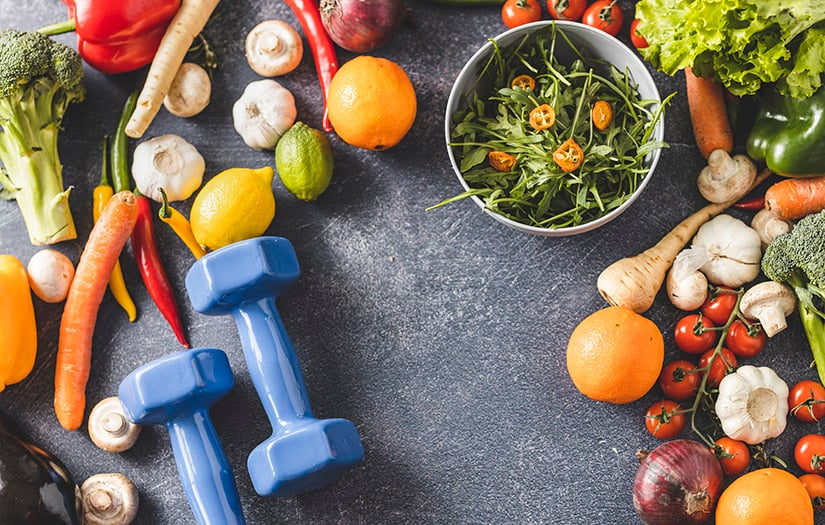Index Surge: Amplifying Your Insights
Stay updated with the latest trends and news across various industries.
Feed Your Gains: Nutrition Hacks for Fitness Buffs
Unlock your fitness potential with game-changing nutrition hacks that fuel your gains and boost performance. Discover the secrets today!
Top 10 Nutrient-Dense Foods to Fuel Your Workouts
When it comes to enhancing your workout performance, incorporating nutrient-dense foods into your diet is essential. These foods provide an abundance of vitamins, minerals, and macronutrients that can significantly improve your energy levels and overall health. Here are the top 10 nutrient-dense foods to fuel your workouts:
- Quinoa: A complete protein that provides all nine essential amino acids.
- Spinach: Packed with iron, vitamins A and C, and antioxidants, spinach is great for energy production.
- Salmon: Rich in omega-3 fatty acids, salmon supports heart health and reduces inflammation.
- Sweet Potatoes: A fantastic source of complex carbohydrates and fiber, fueling sustained energy.
- Greek Yogurt: Offers a protein boost along with probiotics to support gut health.
- Blueberries: Packed with antioxidants, they help combat oxidative stress from intense workouts.
- Almonds: A great snack that provides healthy fats and proteins.
- Eggs: Known for their high-quality protein and essential nutrients like choline.
- Broccoli: Contains fiber, vitamins, and minerals, all crucial for recovery.
- Chickpeas: A great plant-based source of protein and complex carbohydrates.

The Ultimate Guide to Pre-Workout Nutrition: What to Eat for Optimal Performance
When it comes to maximizing your workout potential, pre-workout nutrition plays a crucial role in your overall performance. Consuming the right foods before hitting the gym can provide you with the energy and endurance needed to power through your sessions. A well-balanced pre-workout meal typically includes a combination of complex carbohydrates, lean proteins, and healthy fats. Aim to eat your meal 1 to 3 hours prior to your workout to allow for proper digestion. Some great options include:
- Oats topped with banana and almond butter
- Greek yogurt with mixed berries and a sprinkle of granola
- Whole grain toast with avocado and poached egg
In addition to whole foods, consider incorporating supplements that can further enhance your performance. Creatine, beta-alanine, and branched-chain amino acids (BCAAs) are popular choices among athletes. These supplements can help improve strength, endurance, and recovery times, making them ideal companions to your pre-workout nutrition plan. Remember, however, that individual needs may vary based on the intensity and duration of your workout. Always listen to your body and adjust your meals accordingly, ensuring you fuel up effectively for optimal performance.
How to Balance Macros: A Beginner's Guide to Building Your Ideal Meal Plan
Balancing your macros, or macronutrients, is essential for creating a meal plan that supports your health goals. Macros consist of three main components: proteins, fats, and carbohydrates. For beginners, a typical macronutrient distribution can start at 40% carbohydrates, 30% proteins, and 30% fats. To determine your ideal macros, consider factors such as your age, gender, activity level, and specific fitness objectives. Tracking your daily intake with a journal or a mobile app can also help you visualize your progress and make necessary adjustments.
Once you've established your macro targets, the next step is to build a balanced meal plan. Here’s how you can structure it:
- Plan Your Meals: Decide on the number of meals you want to eat daily and how you'll distribute your macros across them.
- Food Choices: Incorporate a variety of foods from each macronutrient group. For instance, lean meats, legumes, and dairy are excellent sources of protein, while whole grains and fruits provide carbohydrates. Healthy fats can be sourced from nuts, seeds, and avocados.
- Portion Control: Use a food scale or measuring cups to ensure you are adhering to your macro ratios.
By following these steps, you can create a meal plan that not only satisfies your taste buds but also keeps your macros in check for a balanced lifestyle.